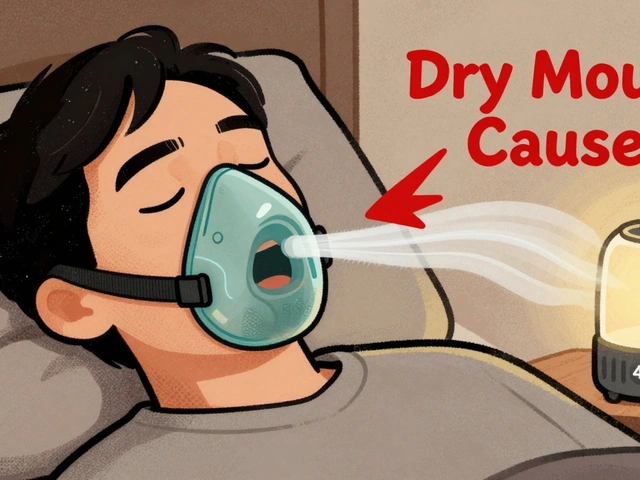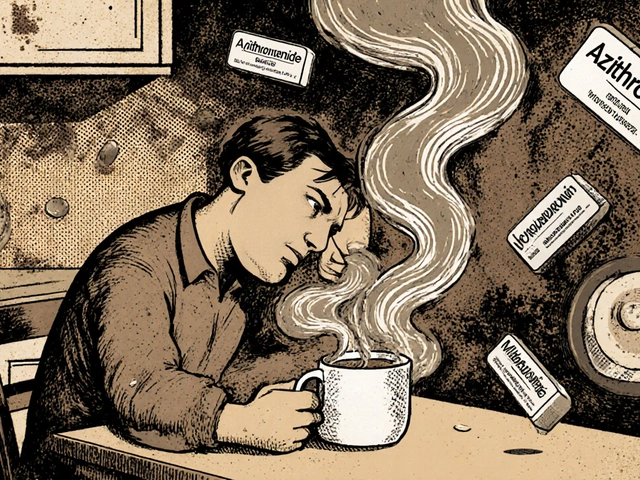Signs and Diagnosis: Spot Symptoms and Get Proper Testing
Not sure if a symptom needs a doctor? You’re not alone. This page helps you read common signs, understand what tests aim to find, and decide when to book an appointment. I’ll keep it practical and short so you can act fast.
Start by listing what changed. New symptoms, sudden intensity, or anything that affects daily life matter. Track when each symptom started, how long it lasts, what makes it better or worse, and any treatments you tried. A short symptom diary makes conversations with clinicians faster and more useful.
Red flags mean see care now: high fever that won’t drop, severe shortness of breath, chest pain, sudden weakness, confusion, sudden vision loss, or uncontrolled bleeding. If you have any of these, call emergency services or go to urgent care. Don’t wait for online articles to decide in life‑threatening situations.
How clinicians use signs to form a diagnosis
Doctors combine the story you give with physical exam findings. They look for patterns: timing, related conditions, and risk factors like age, medications, or chronic disease. Tests—blood work, imaging, or simple office checks—confirm or rule out problems. For example, blood tests can show infection or inflammation while X‑rays and CT scans reveal structural issues.
What you can do before and during the visit
Bring your symptom diary, a list of medications and doses, and a short list of questions. Ask which tests are necessary, what results mean, and next steps if tests are normal. If a test requires prep—fasting or holding medicines—confirm instructions ahead of time to avoid repeats.
Keep track of test dates and results. If a test is normal but symptoms continue, follow up. Normal tests don’t always mean nothing is wrong; some conditions need time or repeated checks to show up. If you feel dismissed, ask for clarification or a second opinion.
Common tests you may see include blood panels (complete blood count, metabolic panel), urinalysis, and cultures to find infections. Imaging ranges from X‑rays and ultrasound to CT and MRI when doctors need detailed views. Other checks like EKGs test the heart rhythm, and lung function tests measure breathing. Sometimes doctors suggest biopsy or endoscopy when tissue or internal views are needed. You can often start with a telehealth visit to triage symptoms; clinicians can then order necessary tests and refer you for in‑person care. Keep copies of results and ask for written summaries so you can track changes over time.
Use this tag on PrescriptionPoint.SU to find focused articles about specific signs, tests, and conditions. Read pieces on common meds, inhaler options, anticoagulants, and mental health to connect symptoms with likely causes. Our goal is to help you ask better questions and make faster, safer choices about care.
When in doubt, err on the side of action. A quick clinic visit or phone consult often prevents bigger problems. Symptoms are clues—use them to get the right test, the right treatment, and the right peace of mind.
Stay curious.

In my recent research, I've discovered that Trichomoniasis is a common vaginal infection caused by a parasite. The signs can range from irritation and foul-smelling discharge to no symptoms at all. It's typically diagnosed via a physical exam or lab test. If you test positive, don't worry, it's treatable with antibiotics. Remember, early detection is key, so don't hesitate to get checked if you suspect something's off.
Continue Reading





